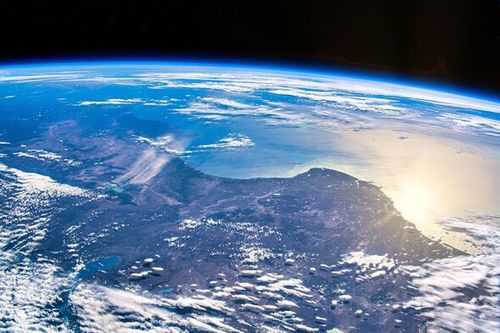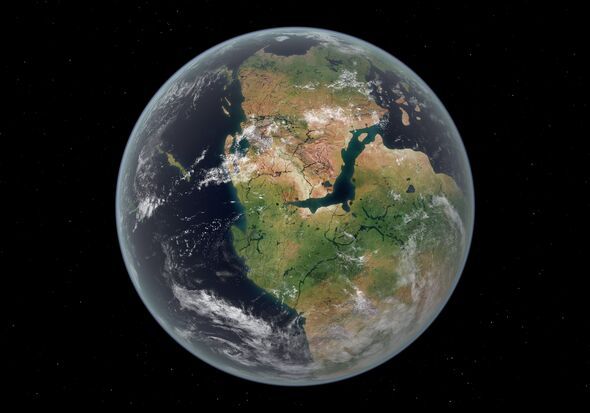

In 200 to 300 million years, Earth's will merge into a massive named Amasia, researchers have found.
A study from Curtin University, published in the National Science Review, predicts that the will vanish as North and South America collide with Asia, reshaping Earth's and dramatically.
Earth has undergone a supercontinent cycle for billions of years, with landmasses colliding and separating roughly every 600 million years. Researchers used advanced supercomputer simulations to model how tectonic plates might shift over the next few hundred million years.
Dr Chuan Huang, the study's lead author, explained: "Earth's continents have formed supercontinents multiple times in its history, and the next one is likely to emerge as the Pacific Ocean closes.
"The thinning of oceanic plates due to Earth's cooling makes this the most plausible scenario."

The Pacific Ocean, Earth's oldest and largest ocean, .
Originally formed from the remnants of the Panthalassa super ocean 700 million years ago, it will eventually close, drawing the Americas, Asia, and Australia into a single colossal landmass.
Co-author Professor Zheng-Xiang Li highlighted the profound environmental and ecological shifts that Amasia will bring.
"Earth will look completely different. Sea levels will drop, and the vast interior of the supercontinent will become dry and arid, with extreme temperature variations," Li said.
The unification of continents will disrupt ocean currents, potentially altering global climate systems. Diverse ecosystems and isolated species may face extinction or adaptation challenges as habitats merge or disappear.
Although its name is absent from the "Amasia" portmanteau, Australia will play a crucial part in the supercontinent's formation. Researchers predict it will first collide with Asia and later serve as a geographic bridge between Asia and the Americas as the Pacific closes.
While Amasia is currently the most widely supported theory, it's not the only one. Christopher Scotese, a geologist from Northwestern University, has suggested an alternative supercontinent, Pangaea Proxima.
In this scenario, Antarctica migrates northward to connect with Africa and South America, leading to a different configuration of the continents.
Regardless of the exact shape, the inevitability of continental collision stems from the slow but steady movement of tectonic plates. "Collisions between continents fundamentally reshape plate tectonic regimes, leading to these supercontinent formations," Scotese said.
While the formation of Amasia is millions of years away, the study provides a fascinating glimpse into Earth's distant future. Understanding the supercontinent cycle helps scientists explore the planet's long-term evolution and its impact on ecosystems, climates, and geology.
Professor Li noted: "Currently, Earth's continents are home to diverse ecosystems and cultures. It's fascinating, and humbling, to imagine how drastically the planet will change over hundreds of millions of years."